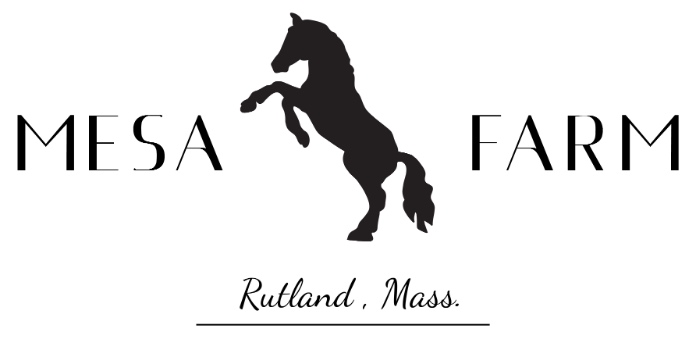April 14, 2020
Monday, May 11, 2020
Share
A beautiful day today (isn’t every day beautiful in some way?). I’m going to carry on the hoof trimming/shoeing theme as I did put the shoes on Sage today. I kept shoes on my horses year-round when I did lots of hayrides on gravel roads as the little pebbles hurt the soles of their feet. But now most of the riding is on softer ground or the blacktop which is smooth, and I prefer them barefoot anyway.
Horse shoes were traditionally hand-forged to fit each hoof but now are usually mass-produced in factories and might only need a little shaping to fit the hoof properly. Shoes for front hooves come more “rounder” than the more diamond shaped hind hoof shoes. They come in various sizes, and go from smaller to larger by number 000, 00, 0, 1, 2, and so on up to size 6 or 8 for big draft horses (which often have exaggerated-sized hooves so they show more action and movement in shows). Like with humans, A size may vary slightly from shoe brand to brand and there are various design styles (weight, thickness, etc.) for different disciplines such as racing, pulling, jumping, etc.. Sage wears a size 3.
The outside of the hoof is made of keratin like our fingernails and hair and has no nerves but the inside of the hoof is full of nerves and it is very painful if a nail goes off-course. Horseshoe nails are tapered so when you nail them into the hoof wall from the bottom correctly they come out the side of the hoof. Lke shoes, nails also have different sizes with different styles and purposes for each one. Most shoes are designed (punched) to hold 8 nails. A farrier will often prepare the hoof, nail the first two nails and check for fit before continuing. Each nail is broken off with a twist of the hammer claw and then the tiny part sticking out the hoof is then clinched over and the sharp corners filed off. A farrier uses a special shoeing hammer. Someone grabbed my shoeing hammer for a wood construction project one time and I wasn’t happy!
Removing a shoe is everything in reverse. A special tool is used cut the nail parts off that protrude through the top of the hoof and then pulls the old nails out. You want to be careful to not twist the shoe in a way it “warps” as it’ll make it difficult to put back on if it isn’t perfectly flat. Shoes will generally last around six months but that can vary because of thickness, the terrain the horse is used on, and many other factors. The hoof keeps growing though, so the shoes must still be removed and the hoof trimmed back every 6 weeks or so.
A wise woman, named Ann, told me about an article she read today about how many of us are having anxiety about dealing with the day to day challenges of existing in the covid 19 world. The article explained that one tool we can use to cope is to look forward and visualize ourselves in the future when the virus is under control. There may be some changes in how we live and work, but it will be a world in which we’ll again be able to be out and about and able to be with and hug friends and family. For now, virtual hugs to all of you.
First photo: Bloopie and Gypsy enjoying the sun after a day of rain.
Second photo: Note the nail tops protruding through the wall of the hoof before they are cut off and “clinched” over.
Note also that his hairy legs make it unlikely Sage will have a career as a foot model!

